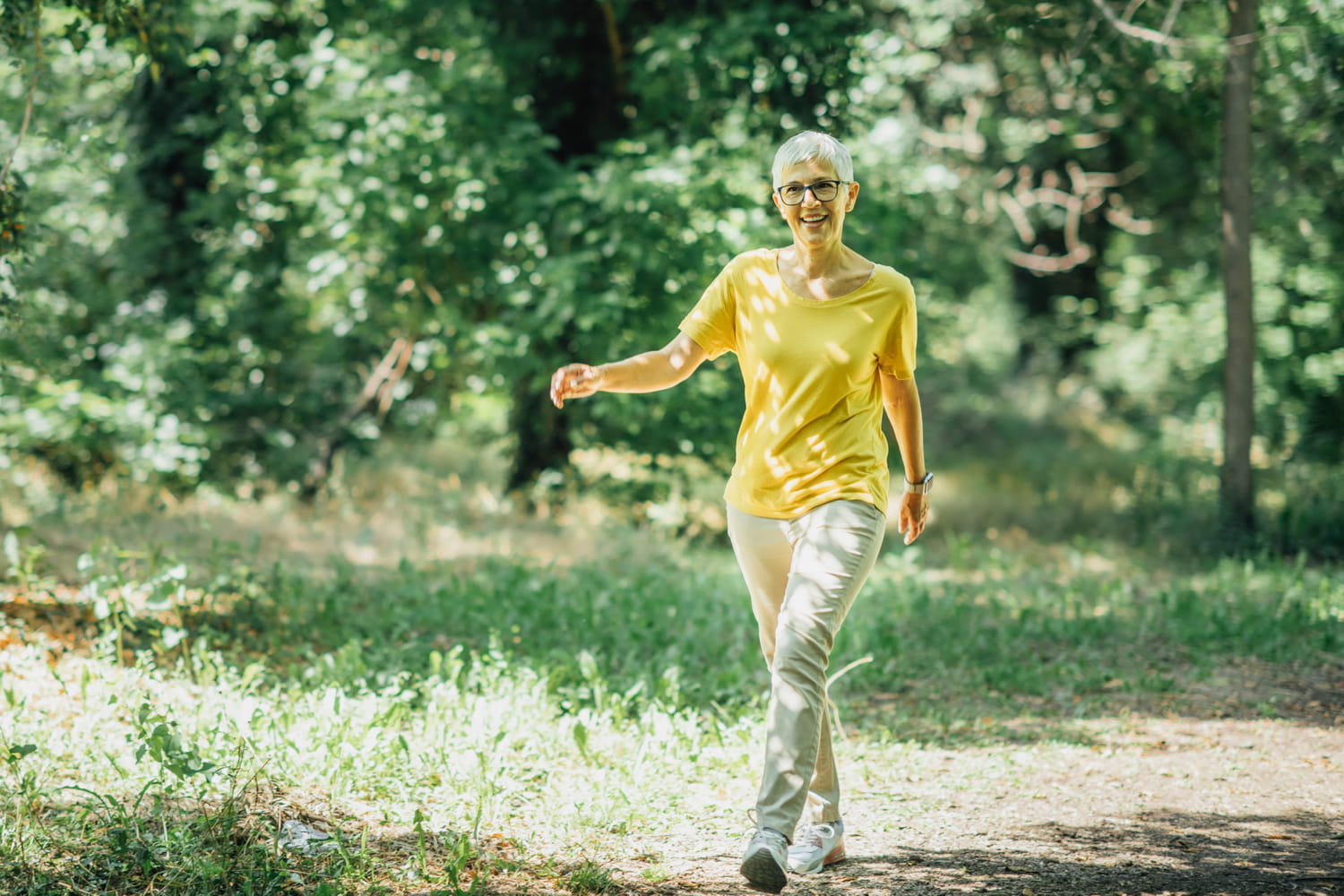We often think that we need to take care of our knees as we age. In reality, a simple movement is enough to strengthen them, without pain or equipment. In a few weeks, it restores strength, stability and comfort when walking.
With age, the knees become more fragile. After age 60, muscle loss and hormonal changes can make this joint less stable, stiffer or painful. However, there is a simple action to regain strength and comfort: strengthen the muscles that support the knee.
The strength of a knee depends above all on the quality of its surrounding muscles. The quadriceps, hamstrings, glutes and calves play the role of real armor. According to recommendations from the American Academy of Orthopedic Surgeons (AAOS), strengthening these muscles regularly — two to three times per week for four to six weeks — improves knee stability and reduces pain. The movement must be progressive, regular and without excessive constraint.
At the heart of this routine is a simple and safe exercise: the isometric half-squat, that is to say a position held without moving, against a wall. The principle: back pressed against a wall, feet about twenty centimeters apart, you gently bend your knees until you form a slight flexion at mid-height, then you maintain the position for a few seconds. The back remains straight, the knees never go beyond the toes. This static contraction powerfully activates the quadriceps without straining the joint.
The Verywell Fit website emphasizes good postures to adopt: “Keep your body weight on your heels, not your toes, and never let your knees go beyond your ankles.” This simple precision avoids overload on the joint and guarantees safe execution. Start by holding for 10 to 20 seconds, then work your way up to 45 to 60 seconds. Repeat three times, two to three days per week, with a day of rest between each session. The effects are felt from four to six weeks: more stability when walking, less discomfort on the stairs and a feeling of new strength in the legs. To amplify the benefits, you can add some straight leg raises, standing calf extensions, or balance exercises (like standing on one foot or heel-toe walking). All help to strengthen the muscular chain of the lower body and improve balance.
The effects are felt from four to six weeks: more stability when walking, less discomfort on the stairs and a feeling of new strength in the legs. To amplify the benefits, you can add some straight leg raises, standing calf extensions, or balance exercises (like standing on one foot or heel-toe walking). All help to strengthen the muscular chain of the lower body and improve balance.
In a few weeks, the body adjusts, the muscles strengthen, and movements become safer. The knees gain stability — and with them, the freedom to move without fear or pain.








